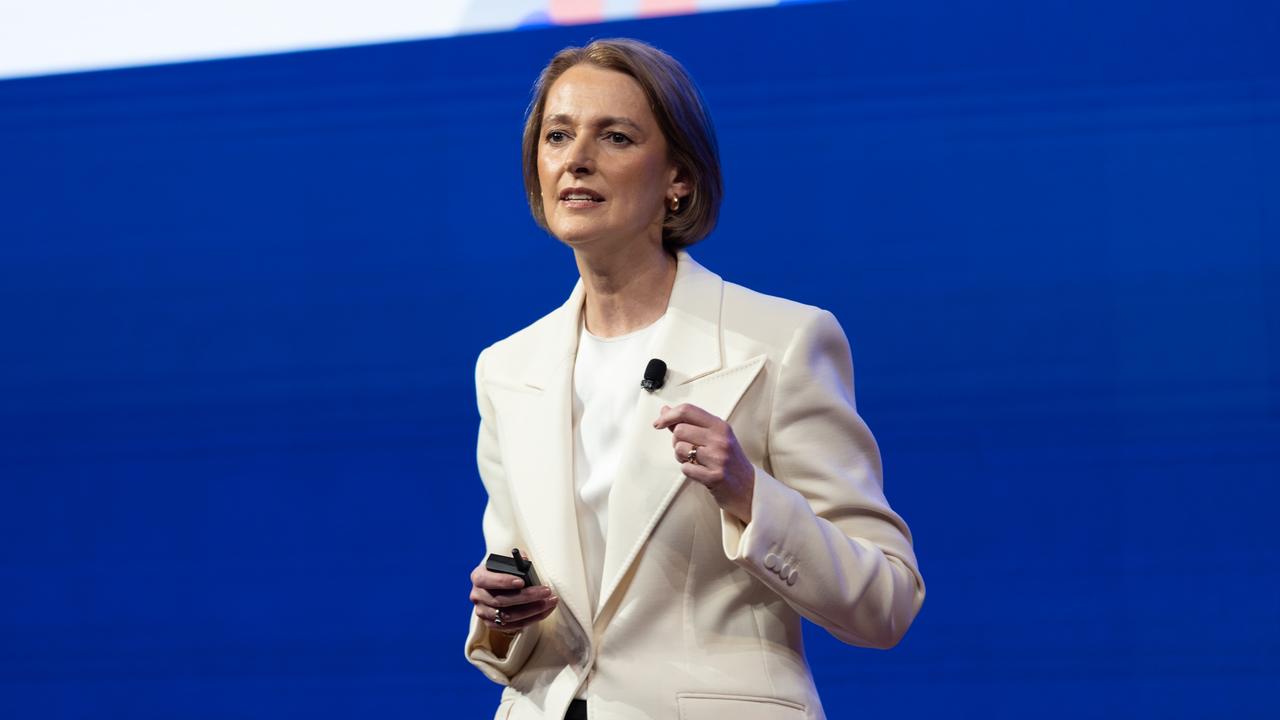The RBA’s and Fed’s very big decisions

The decision? Whether to cut interest rates purely because of low inflation rather than low growth and high unemployment.
Every easing cycle in living memory, possibly forever, has been triggered by concerns about growth, with low inflation as a brief by-product of that. This time, low inflation alone is the problem yet markets are priced for two rate cuts in Australia and one in the US.
What’s more, both the Australian and US decisions come in the midst of extreme politics — here because of the election and in the US because of Donald Trump and the pressure he’s putting on the Fed.
Many Australian economists, possibly most, now think the RBA will announce a rate cut this week, between the Labor and Liberal Party campaign launches. As discussed here last week, I think that would be pointless and probably harmful: low inflation is not a product of tight money so looser money is unlikely to get it up.
For that reason, the RBA board should wait till June, at least. It’s hardly urgent, after all, and far better to avoid politicising monetary policy if possible.
As for the Fed, President Trump’s two controversial nominations for the board — Stephen Moore and Herman Cain — have both withdrawn now because of things they have said in the past that have come back to bite them, something we’ve been seeing quite a lot of in this country lately.
Apart from putting up those two for the board and causing such outrage among the economic establishment, President Trump has been constantly pressing the Fed to cut interest rates, although Friday’s April non-farm payrolls report might prompt a pause in that campaign.
Jobs growth was 236,000, well above expectations, and the unemployment rate fell to 3.6 per cent, the lowest since 1969.
The fact that average jobs growth over the past three months is 169,000, well down from the 245,000 of the previous three months, and that unemployment only fell because 490,000 people left the workforce, will keep the Fed from raising rates — as you might expect if unemployment was 3.6 per cent.
At the very least you would think Trump’s Twitter rate cut campaign, and his obvious willingness to politicise board appointments, would make the current members think twice before deciding on a rate hike. They would fiercely defend and protest their independence, of course, but they’re only human, and would know that a rate hike would be a very big, possibly Fed-changing, decision with Trump in power.
The reason a rate hike is even a remote possibility with core inflation down at 1.6 per cent and retreating from the Fed’s 2 per cent target is that on Wednesday last week, Fed chairman Jerome Powell used the word “transitory”.
It was a pretty heavily qualified sentence in the opening statement to his press conference following the monetary policy decision of the Open Market Committee: “We suspect that some transitory factors may be at work.”
Suspect … some … may … but markets, as always, ignored the nuance and focused on the word — transitory. The US dollar popped up and the sharemarket sold off.
But after Friday’s mixed employment report, including the fact that average hourly earnings rose only 0.2 per cent for the second month in a row, and that year on year wage growth has stopped growing entirely, most commentary is now suggesting a long pause in US rates.
The RBA, as we know, has been on pause for 32 months, waiting for inflation to strike 2 per cent, which it has spectacularly failed to do.
The Fed has been experiencing similar frustrations. In September 2017 the then Fed chair, Janet Yellen, said in a speech: “Some of the recent decline in inflation, although not all, reflects idiosyncratic shifts in the prices of some items … my colleagues and I currently think that this year’s low inflation is probably temporary”.
So then it was meant to be idiosyncratic and temporary, now it’s transitory. Mind you the Fed acted on those words of Janet Yellen, and the fact that the unemployment rate has fallen from 5 to 3.6 per cent since 2016, by raising interest rates eight times.
The good news for Australia is that the Fed tightening while the RBA has been on hold has brought the Australian dollar down from US80c to US70c since the start of last year in the face of a 20 per cent rise in the terms of trade.
But now the RBA and the Fed stand together staring into a strange and mysterious future, with Australian cash rate at 1.5 per cent, Fed funds rate at 2.25-2.5 per cent.
Do they cut in the midst of tense and difficult politics to try get inflation up, even though that has never been done before and probably won’t work? Or do they take the line of least resistance and sit pat for a bit longer to see what happens.
That seems to me a question that answers itself, but I’m not a central banker, thank goodness.
Alan Kohler is Editor in Chief of InvestSMART




The Reserve Bank of Australia and the US Federal Reserve are both faced with the same momentous and probably unprecedented decision this year. In the RBA’s case it comes as soon as this week.